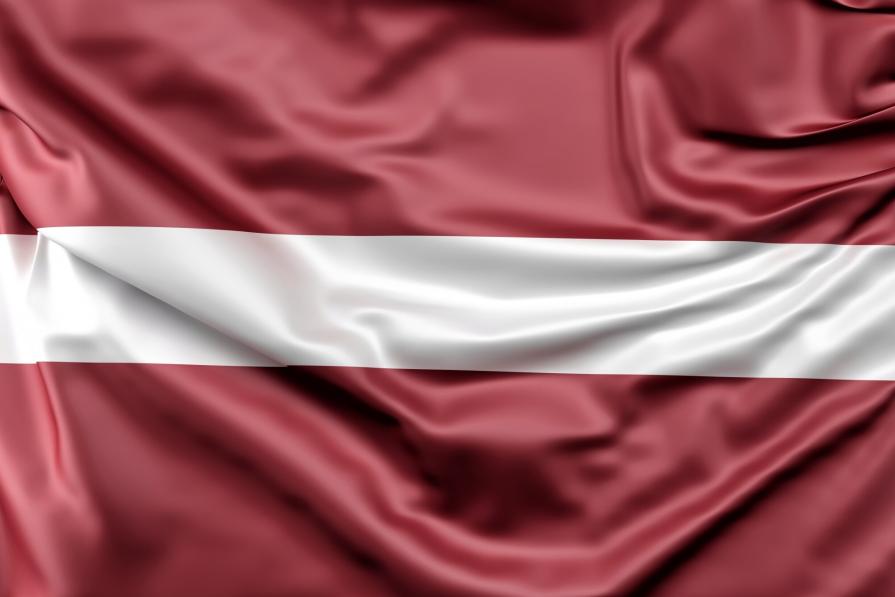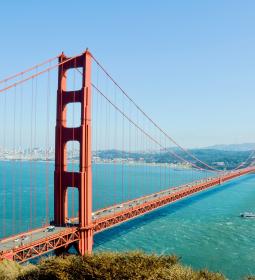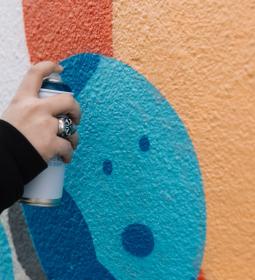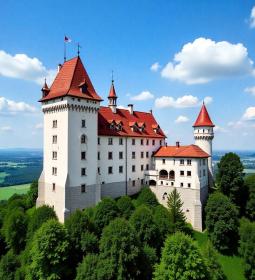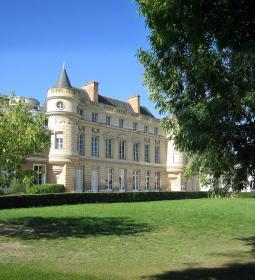The national flag of Latvia is more than a hundred years old, for the first time it was raised over Riga in the summer of 1918 – shortly after the Leninist decree of Russia recognized the independence of Lithuania, Latvia and Estonia. In 1940, the colors were replaced by a more traditional red flag, and in February 1990 it returned again, symbolizing the continuation of the cause of the republic of 1918-1940.
Long history
Despite the fact that the official decision on the flag was made in 1923, the first cases of application belong to the Middle Ages. So, one of the legends says that the leader of one of the local tribes was wounded in a battle with the Crusaders and his blood stained the cloak (according to another version - the sheet on which he lay). The blood-stained clothes became a symbol of Latvian resistance and national identity.
The legend strangely reminds the same about the origin of the national Austrian flowers (however, there is a red paler and in addition the cross in the middle was pinned).
The red-white-red banner, or the banner of the Letts,was first mentioned in the poetic chronicle of medieval Livonia, or The Livonian Chronicles, covering the period from 1181 to 1344. Consequently, it is the oldest national flag in Eastern Europe and the first whose existence is confirmed by documentary sources.
In the chronicle, he is mentioned in the context of the Battle of Cēsis, a town north of Riga, whose inhabitants resisted the hordes of German and Danish crusaders under a red banner with a white stripe. It was in this massacre that the flag appeared. Then there is a legend about the warrior - they say, the sheet on which the wounded knight was placed, was thickly covered with the blood of the warrior along the edges, but the middle remained clean.

The hero died, and in the next battle the Lettas went under a sheet as a flag. Enthusiasm and heroism allowed this time to expel the invader (although there is an opinion that the success was achieved thanks to the help of the Novgorod prince, who was seriously concerned about the neighborhood with the Latin crusaders).
The artist Ansis Cirulis in the spring of 1917 developed the modern flag of Latvia, adapting ancient samples to heraldic traditions. Along with the coat of arms, the symbols were approved at a specially convened session of the national parliament on June 15, 1921.
Under the Soviets
Latvians did not have long to rejoice in national colors - in 1940, the Soviet Union annexed all three Baltic states, introducing new symbols that had nothing in common with the previous one. The flag was a red rag with a hammer and sickle in the corner and LPSR letters, which corresponded to the Latvian spelling of the name of the new subject of the USSR. The font was serif, and the letters before the war were separated from each other by dots (after 1944 they disappeared).
In 1953, the flag changed: on the basis of the all-Union symbol, they created their own, with six blue wavy stripes symbolizing the sea, in the lower part. The star and the tools of labor remained in place.
Renaissance and modernity
This continued until the end of the 80s, when, under the influence of the glasnost and perestroika proclaimed by the decision of the CPSU Secretary General and the first president of the Union Mikhail Sergeyevich Gorbachev, Latvians were able to return to their former symbols. It happened on February 16, 1990, a year and a half before the official recognition of independence by the Councils of the Republic of Latvia.
The law approved carmine red, with a single white stripe in the middle of the flag. This color is sometimes called Latvian red - it is a special dark color, semi-brown, semi-purple.
The proportions are two to one, and the upper and lower bands are twice as wide as the average.

Code
National legislation requires that national symbols be used as decoration only if the requirements for proper handling and installation are met, as well as when demonstrating respect for the flag.
It should be placed at a height of at least 250 centimeters above ground level, be securely attached to the flagpole to prevent a possible fall. The pole itself for the flag should be new, wooden and painted white. There is a requirement for a minimum height - it must exceed the length of the flag. The top is crowned with a ball, decorative spear or other top.
The flag can be hung constantly or descend at sunset and rise again with the first rays of the sun. An interesting rule exists about funerals and festive celebrations: in this case, the flags are raised before the start of the event and descend only after its completion.
In a mourning situation, it is raised to half. You can fix a black ribbon on the pole, and the width should correspond to 1/20 of the width of the flag.
Be sure to hang the flag on the following days:
- May 1 – Constitution and Labor Day
- May 4 – anniversary of the restoration of independence in 1990
- November 11 and 18 – Lāčplēsis Day and Independence Day in 1918
- March 25 and June 14 – days of remembrance of the victims of the communist genocide
- June 17 in honor of the day of the beginning of the occupation
- July 4 – on this day Latvians commemorate the victims of the Holocaust
- on the first Sunday of December – also in memory of the victims of communism.
In all these cases, the lifting of the flag is carried out according to the mourning procedure.
Other flags and banners
Along with the national flag, other symbols are used in national colors.
Standard of the President
The president of the republic does not have many powers, but there is a beautiful white personal standard with a rectangular cross of red color. In the center of the cross is the national emblem. The proportions are standard, the rules of demonstration are regulated by special resolutions.
Standard of the Prime Minister of Latvia
The prime minister resembles the presidential one with the difference that the coat of arms from the center of the cross moved to the upper left corner.
Standard of the Speaker of the Seimas
The head of the parliament – the Seimas – has the coat of arms placed in the upper right corner. Otherwise, the same as the president.

